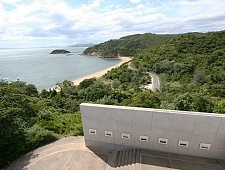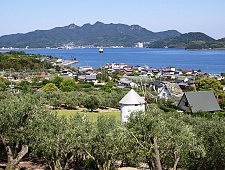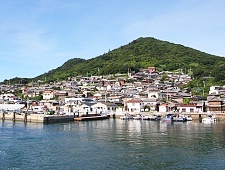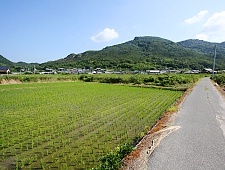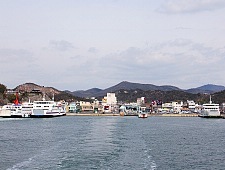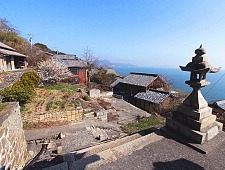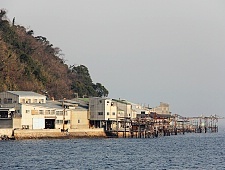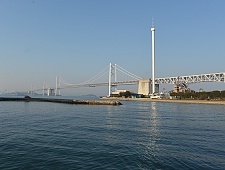Setouchi Triennale

The Setouchi Triennale is a contemporary art festival held every three years on a dozen islands in the Seto Inland Sea (Setonaikai), the sea which separates Honshu and Shikoku, two of Japan's main islands. It was first held in 2010.
Contemporary art has gained a prominent position in the region in recent decades thanks to various art projects by the Benesse Corporation on the islands of Naoshima, Inujima and Teshima, all of which also serve as festival venues. The Setouchi Triennale is intended to further strengthen the region's position as a leading site for contemporary art and to spread the art to additional islands.
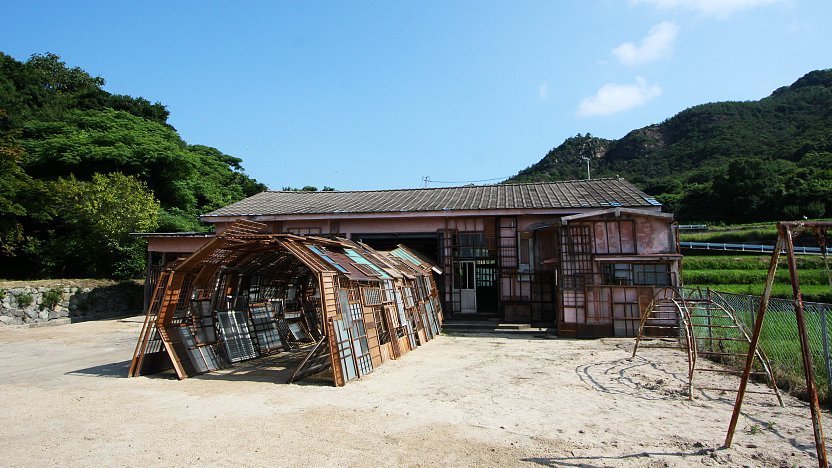
Like many rural parts of Japan, the islands in the Seto Inland Sea have been suffering from massive depopulation in recent decades, while their remaining residents have been aging at a rapid pace, causing a wide range of problems. One of the festival's main goals is to counteract these trends and revitalize the region in a sustainable and creative way by bringing contemporary art and tourism onto the islands.
Visitors to the region will be charmed not only by the intriguing art but also by the laid back, slow paced rural atmosphere of the islands' villages and the beauty of the island scenery. In many ways the festival resembles the Echigo-Tsumari Art Triennale, a similar art festival, which is held every three years in a rural mountainous area of Niigata Prefecture.
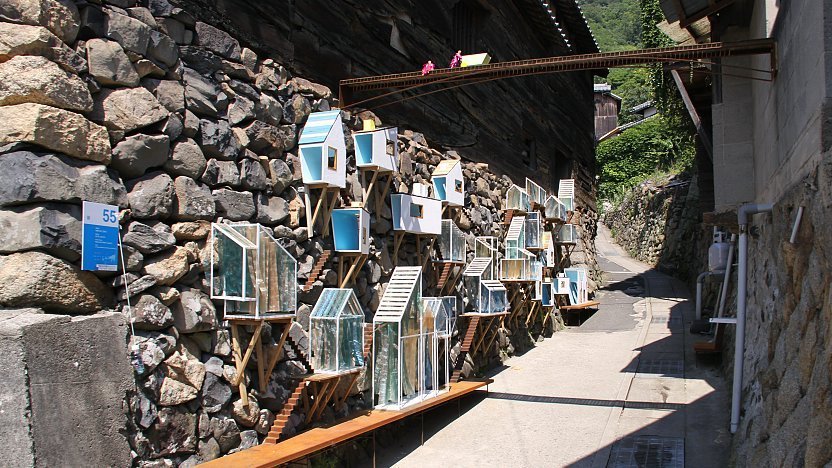
The art
During the festival, many new artworks by artists from Japan and overseas are exhibited on the eleven islands and other venues, in addition to a considerable number of museums and artworks already in existence, including many permanent art installations from the previous festivals. Much of the artwork remains standing after the end of the festival, justifying a visit to the area at any time of the year.
The artworks are found across the islands. Some of them stand outdoors in the fields, along the coast or in villages. Others make use of the numerous old homes which have been left abandoned due to the depopulation. The buildings are employed as exhibition spaces or have been converted into artworks themselves. In addition, there are the established museums and art sites on Naoshima, Inujima and Teshima islands.
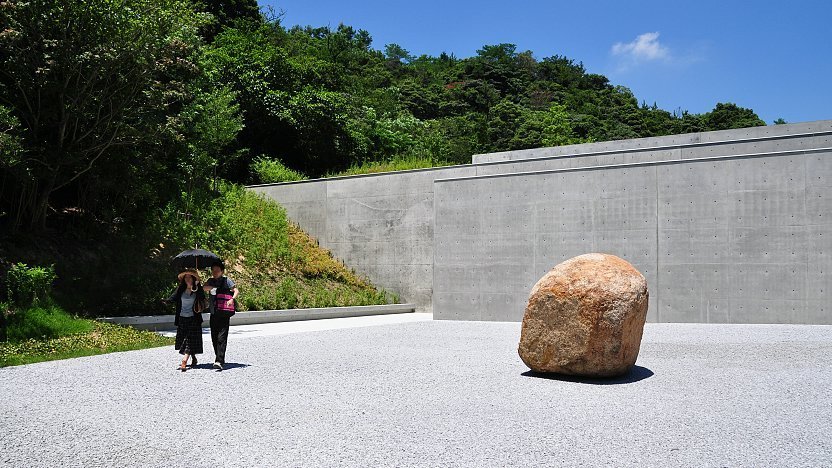
The islands
Eleven islands, the ports of Takamatsu and Uno, and a few more areas serve as venues for the art festival:
The following five venues are located west of the Seto Ohashi Bridge and each participate mainly only during one of the festival's three sessions:
A few additional areas along the coast of the Shikoku mainland, west and southeast of Takamatsu, were added as venues for the 2025 festival. They joined the festival only during the summer session.
Admission
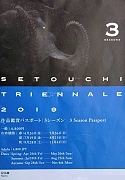
All-season passports (good for the spring, summer and autumn sessions) can be purchased for 5500 yen through the official triennale app, travel agencies or at information centers on the island and other venues. Single-season passports, which are valid during only one of the festival's three seasons, cost 4500 yen. Discounted passports are available to visitors aged 16 to 18, while admission is free for those aged 15 years and younger.
Passport holders can see each of the festival's artworks once during the pass' validity period, including some of the established art museums on Naoshima (Benesse House, Lee Ufan Museum, Art House Project) and Inujima (Seirensho, Art House Project). Among the sites not covered by the passport are the Chichu Museum on Naoshima and the Teshima Art Museum.
Alternatively, it is possible to forego a passport and instead pay admission to each artwork separately. The typical cost is 300 or 500 yen per site, except for the Chichu Museum, Benesse House, Lee Ufan Museum, Naoshima Art House Project, Inujima Seirensho and the Teshima Art Museum for which the admission fee is 1000-3000 yen each.
Hours
While most outdoor artworks can be seen at any time of the day, indoor artworks are generally open between 10:00 and 16:30 (some have longer or shorter hours). Most artworks are open everyday during the festival, but a few of them are closed on one day of the week.
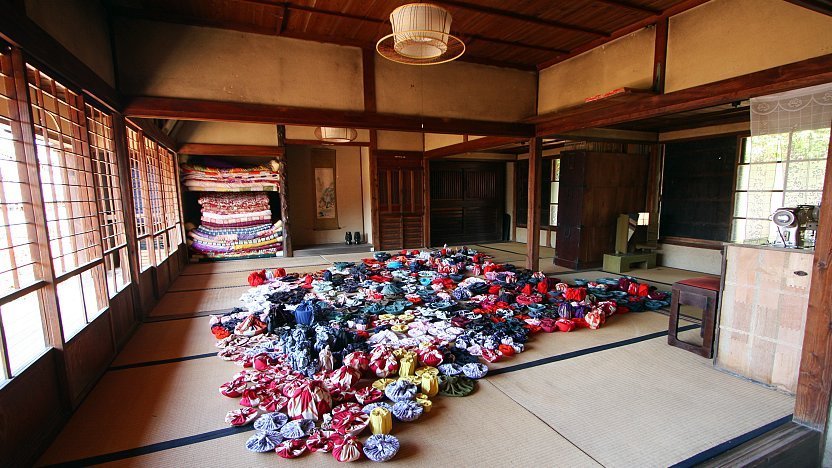
Getting there
The festival sites can be approached from many directions. The most convenient base for visiting the festival is Takamatsu (how to get to Takamatsu). When coming from the Tokyo or Osaka area, travel via Uno Port, accessed from Okayama (how to get to Okayama), can be faster. Furthermore, there are direct ferries from several ports on Honshu to Shodoshima, the largest of the participating islands (how to get to Shodoshima).

Getting around
A dense network of ferry lines connects the islands. To accommodate the increased traffic during the festival, a few temporary lines are operated and service is increased on several of the existing lines.
The smaller islands, such as Inujima, Ogijima and Oshima, can be explored entirely on foot, while the larger islands are served by simple bus networks, except Shodoshima whose bus network is quite extensive. Rental bicycles are also available on many of the islands. Car rental is an option on Shodoshima.
Please see each island's page for more details about access and transportation:
- Naoshima
- Shodoshima
- Teshima
- Inujima
- Megijima
- Ogijima
- Shamijima
- Honjima
- Takamijima
- Awashima
- Ibukijima

Where to stay?
The city of Takamatsu on Shikoku is the transportation and information hub of the Setouchi Triennale. It is also the most convenient base for exploring the festival, offering a wide range of accommodation. Its attractive port area serves as one of the festival venues, exhibiting a small number of art works.
Among the islands, Naoshima and Shodoshima are both well connected by ferries and come with a considerable number of lodgings, while the smaller islands (Megijima, Ogijima, Oshima, Inujima and Teshima) offer only very limited accommodation facilities, although most of them have a handful of family-run ryokan or minshuku. The Benesse House on Naoshima is noteworthy in that it double serves as art facility and accommodation.
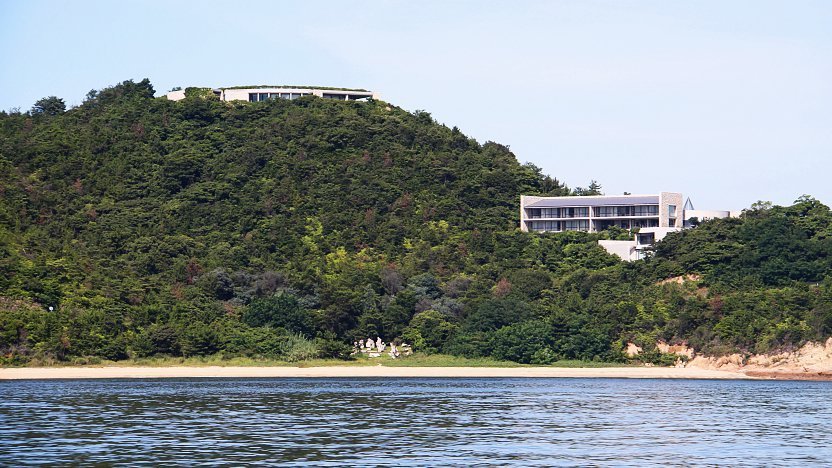
How much time is required?
The Setouchi Triennale is spread out among eleven islands and half a dozen other venues, and seeing everything would take at least a week. As a rule of thumb, the larger islands take each a full day to see, while the smaller islands can each be seen in half a day. Note also that ferry connections between some of the islands are infrequent, which can result in a forced slow down of the travel pace.
How is the weather?
During July, August and parts of September, it is usually very hot in the Seto Inland Sea region, with daytime temperatures of over 30 degrees and a high humidity. In order to avoid hyperthermia, it is recommended to travel at a slow pace, make frequent breaks and drink a lot of liquids. The temperatures during the spring and autumn sessions are more comfortable.
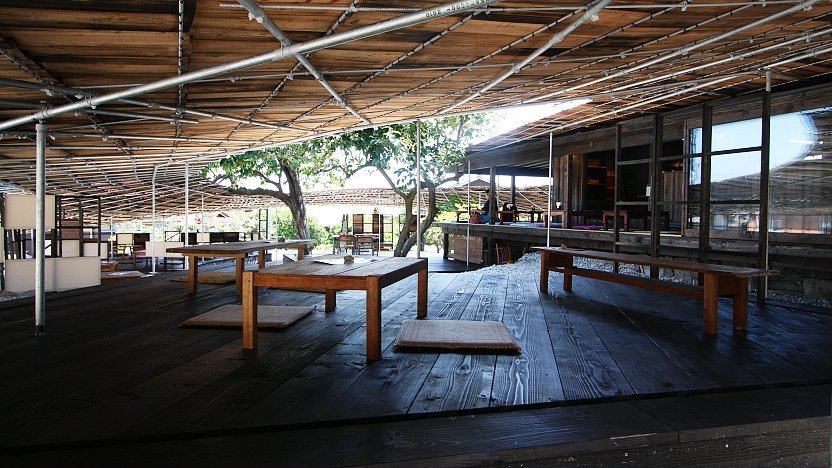
Questions? Ask in our forum.
